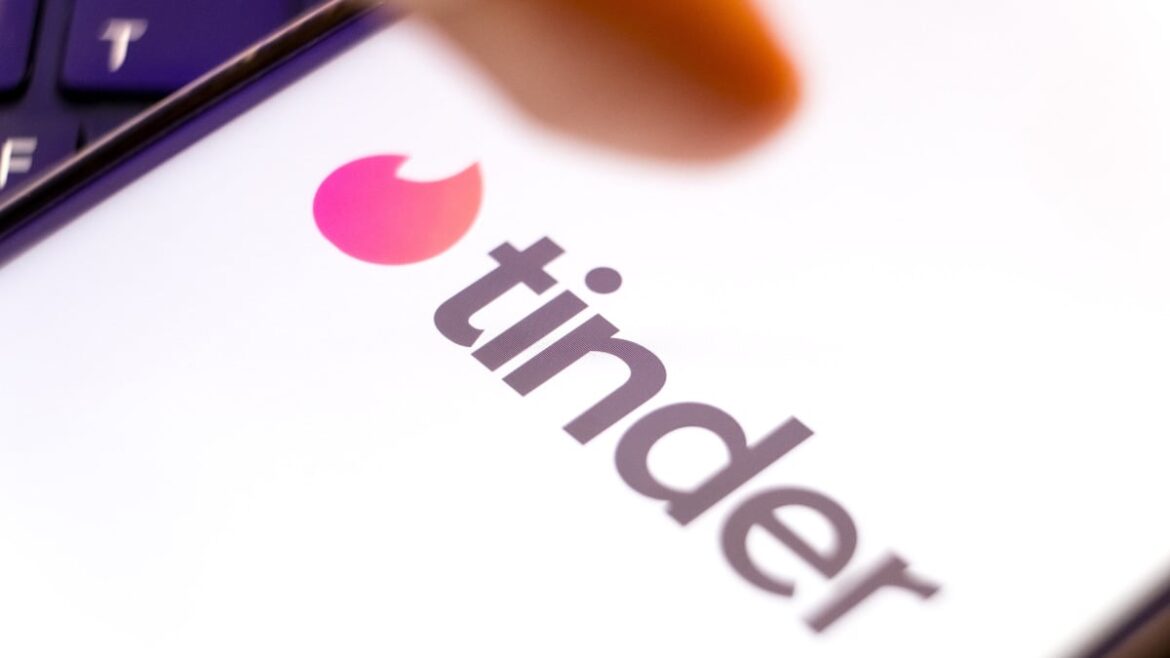Tinder is testing a new AI matching feature called Chemistry, its parent company, Match Group, told investors on Tuesday during its third quarter earnings call.
The dating app‘s interactive feature is “a major part of Tinder’s upcoming 2026 product experience,” a Tinder spokesperson told Mashable. Chemistry will get to know users through conversational prompts and (with permission) their camera roll to learn about their interests and personality. It’s currently live in Australia and New Zealand, and Tinder plans to roll it out in more countries in the coming months.
The announcement comes soon after Tinder started requiring facial scans for new U.S. users last month. It also launched several other features this year, like Modes, which lets users arrange double dates or indicate if they’re a college student.
Recommended deals for you
AdultFriendFinder
—
readers’ pick for casual connections
Tinder
—
top pick for finding hookups
Hinge
—
popular choice for regular meetups
Products available for purchase through affiliate links. If you buy something through links on our site, Mashable may earn an affiliate commission.
Mashable Trend Report
This also isn’t Tinder’s first foray into AI features. The app launched an AI photo selector tool last year, which also assesses a user’s camera roll, this time for the purpose of picking the best photos. Tinder also uses AI for trust and safety tools, like scans for potentially harmful messages.
“Chemistry aims to reduce dating app fatigue by surfacing a few highly relevant profiles each day — driving more compatible matches and more engaging conversations,” Tinder’s spokesperson said over email.
Dating app fatigue is a phenomenon that Tinder and other apps have had to contend with over the last few years, as trust in dating apps has declined while singles increasingly want to meet potential partners in person. As daters seek offline connections, dating apps have leaned more and more into AI features.
Match’s third-quarter earnings call also reported that Tinder’s direct revenue and paying users are both down year-over-year (three percent and seven percent, respectively). Hinge, meanwhile, is up in both metrics (direct revenue increased 27 percent and paying users increased 17 percent year-over-year), continuing the same story as in quarter two: as Tinder struggles, Hinge is on the rise.
